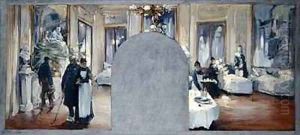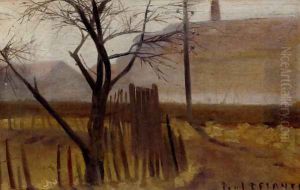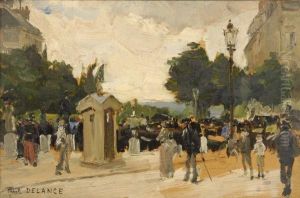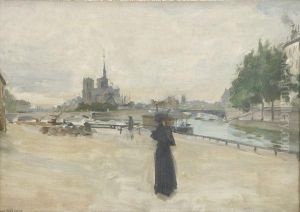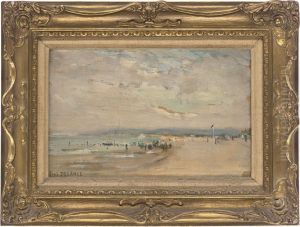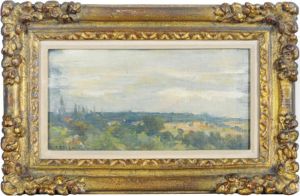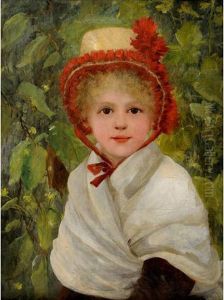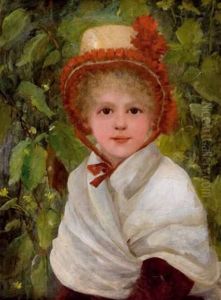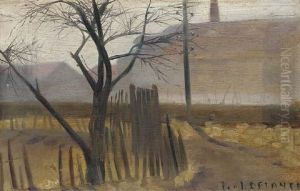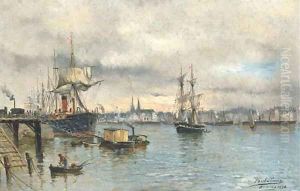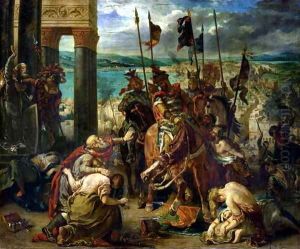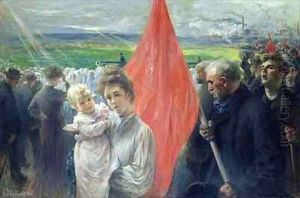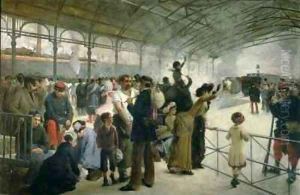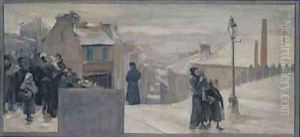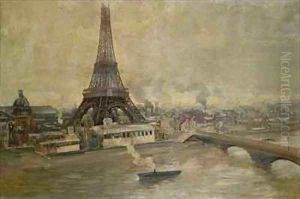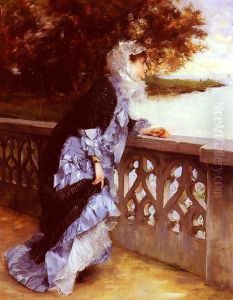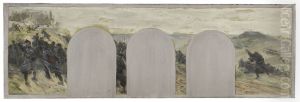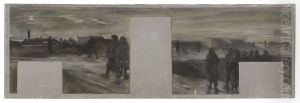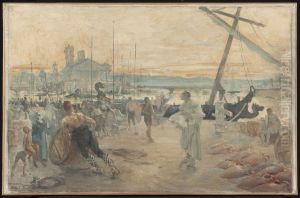Paul-Louis Delance Paintings
Paul-Louis Delance, a French artist born in 1848, was a notable figure in the 19th and early 20th centuries for his contributions to painting. His life spanned a period of significant transformation in the art world, witnessing the transition from traditional academic painting to the burgeoning movements of Impressionism and Post-Impressionism. Despite the changing times, Delance remained committed to the classical style, focusing on portraits, landscapes, and genre scenes that highlighted his precision and skill in capturing the essence of his subjects.
Delance's education in art began at a young age, and he honed his craft under the guidance of established masters of the time. He was a frequent participant in the Paris Salon, the prestigious art exhibition that was the pinnacle of success for artists in France. His works received recognition and were praised for their technical excellence and emotional depth. Delance was deeply influenced by the art of the Renaissance and the Baroque period, which is evident in his meticulous attention to detail and the dramatic use of light and shadow in his paintings.
Throughout his career, Delance remained somewhat conservative, eschewing the rapidly evolving trends that captivated many of his contemporaries. Instead, he focused on perfecting his technique and exploring themes of beauty and realism. His landscapes and portraits are particularly noteworthy, capturing the serene beauty of the French countryside and the nuanced expressions of his human subjects with equal aptitude.
Despite his dedication to classical themes and techniques, Delance's work did not go unnoticed by the art world. He was awarded several honors and his paintings were collected by art enthusiasts in France and beyond. His legacy, though perhaps not as widely recognized as some of his contemporaries, remains important for its contribution to the preservation and continuation of traditional art forms during a time of great change in the artistic landscape.
Paul-Louis Delance passed away in 1924, leaving behind a body of work that continues to be appreciated for its elegance and mastery. His dedication to the classical ideals of art serves as a reminder of the enduring value of traditional techniques and themes, even in the face of modernization and change in the art world.
